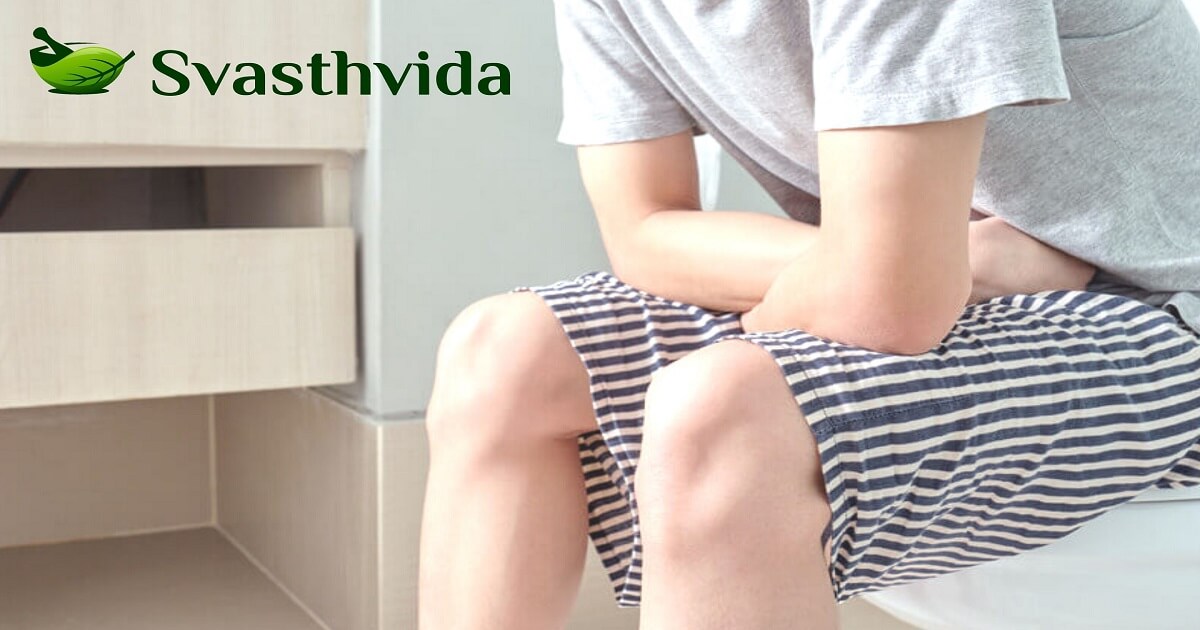
WEIGHT: 60 kg
Breast: AA
1 HOUR:90$
Overnight: +100$
Services: Facial, Fisting anal, Naturism/Nudism, Striptease pro, TOY PLAY
A perineal hernia may occur unilateral or bilateral to the perineum. This may be due to the weakening and disassembly of the pelvic floor muscles, leading to abdominal visceral herniation to the perineal region and needing surgical reconstruction of the pelvic floor. The purpose of this case report is to describe the surgical correction of unilateral perineal hernia along with anal sacculectomy using transposition of internal obturator muscle.
After aseptic preparation of the surgical site, an elliptical skin incision over the hernia swelling was performed. From there, the presence of the sac, contents, and adhesion were evaluated, the contents were relocated and the opening was closed with a layer. In the same manner, the anal gland was excised by surgical means. Clinical outcomes including postoperative complications and recur are assessed.

A perineal hernia is one of the most common hernias found in dogs in the perineum, and rupture of the pelvic diaphragm causes the abdominal or pelvic organs to herniate into the ischiorectal fossa, especially in intact middle-aged or older male dogs [].
It can appear unilateral or bilateral. This condition is associated with sanctification, enlargement, diversion, and diverticulation of the rectum, bladder resorption, or bladder obstruction [4,5].

Large rectal sacculation and rectal diverticulum can compress stool excretion and cause rupture of the perineal hernia, repair the surgical correction of the rectal diverticulum, or require a large sac to prevent recurrence of the perineal hernia [2,6]. Other factors such as hormonal imbalance, enlarged prostate, fatigue, and congenital or acquired muscle wasting or weakness are also associated with this condition [5,7].


































